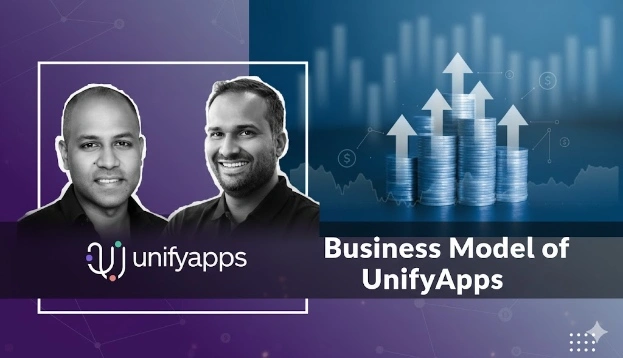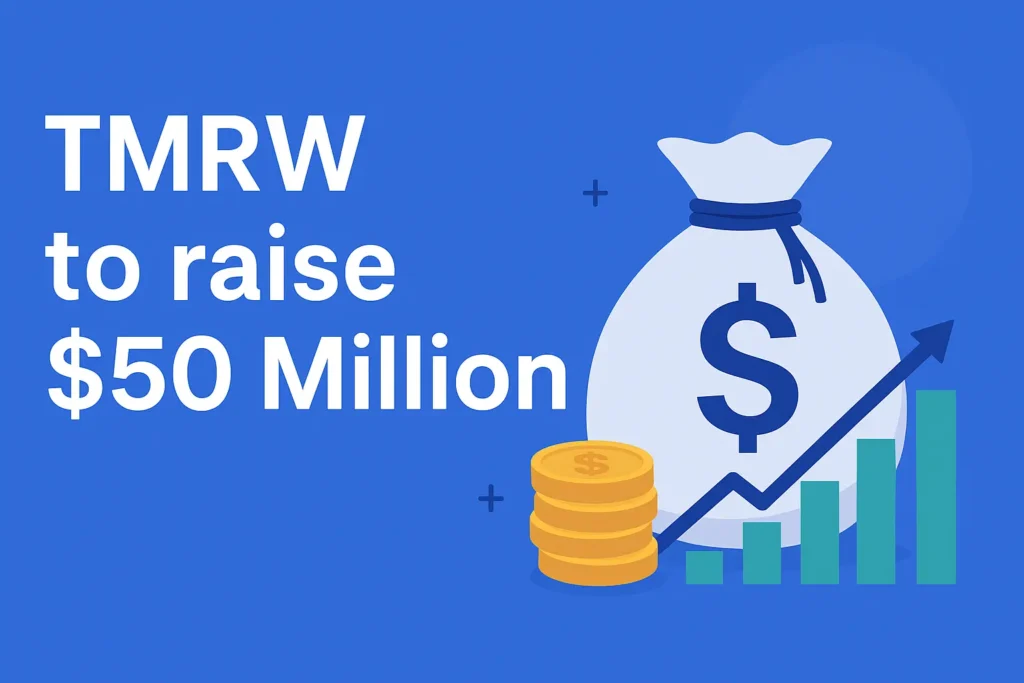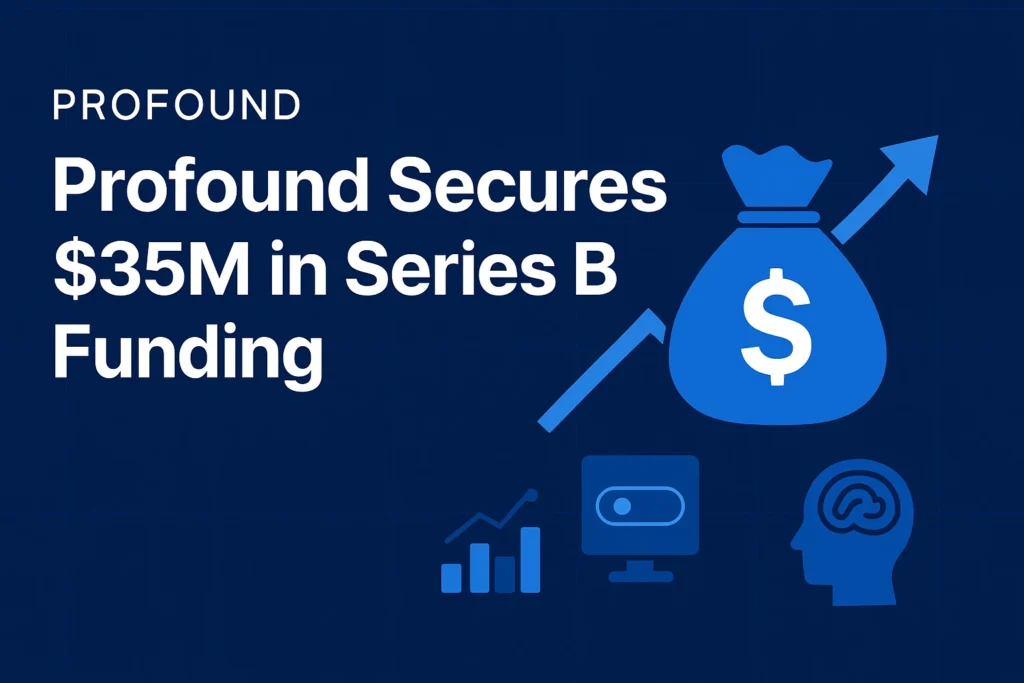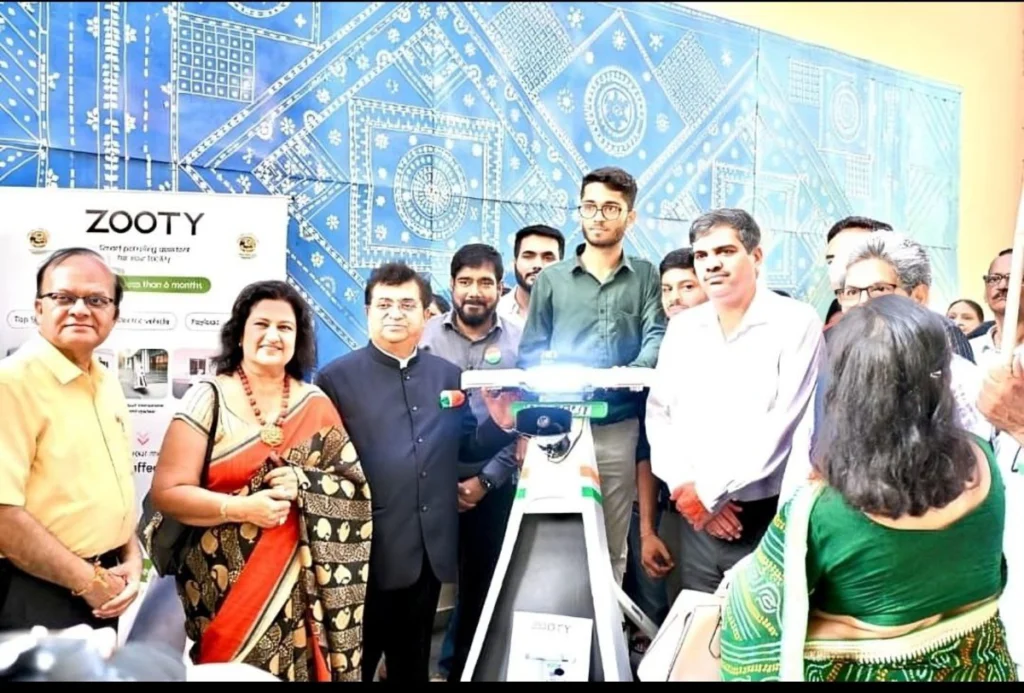| Category | Details |
|---|---|
| How UnifyApps Started | Business Model Of UnifyApps: UnifyApps was Founded in 2023 by Pavitar Singh mere months after ChatGPT’s launch, the company emerged to solve enterprise AI’s critical integration crisis. Singh recognized that while foundation models proliferated rapidly, enterprises struggled to connect AI systems with siloed platforms like Salesforce, Workday, and corporate knowledge bases. The founding vision centered on building an “Enterprise Operating System for AI” that unifies systems of record, knowledge, and activity across fragmented corporate architectures through no-code integration and deep data connectivity. |
| Present Condition | UnifyApps has scaled to a 400-person operation serving Fortune 500 customers including Lowe’s, HDFC Bank, and Deutsche Telekom. Revenue grew sevenfold year-over-year, validating commercial traction beyond experimental pilots. The recent $50 million Series B at $250 million valuation from WestBridge Capital brings total funding to $81 million. Strategic appointment of Sprinklr founder Ragy Thomas as Chairman and Co-CEO signals transition from startup to enterprise software leader. The company demonstrated capability with a Fortune 50 retailer, integrating intelligent automation across store operations, supply chain, merchandising, and finance—accelerating deployment cycles from months to days. |
| Future of UnifyApps and Industry | UnifyApps include expanding the team by 110 employees, deepening European market presence, and accelerating platform development across thousands of pre-built integrations. The enterprise AI market projects growth from $97.2 billion in 2025 to $229.3 billion by 2030 at 18.9% CAGR. The agentic AI segment specifically will explode from $2.58 billion in 2024 to $24.50 billion by 2030 at 46.2% compound annual growth. Deloitte predicts 25% of GenAI-using companies will pilot autonomous agents by 2025, doubling to 50% by 2027. Corporate AI investment jumped to $13-14 billion in 2024—roughly six times higher than 2023 levels—indicating sustained enterprise commitment despite widespread pilot failures. |
| Opportunities for Young Entrepreneurs | The 95% failure rate of UnifyApps AI pilots reveals massive opportunity for specialized solution providers. MIT research confirms vendor-led solutions succeed 67% of the time versus 33% for internal builds, creating openings for startups delivering integration platforms, governance infrastructure, and vertical-specific AI applications. Back-office automation shows highest measurable ROI, presenting opportunities in business process optimization, compliance automation for regulated industries, and agentic workflow orchestration. The gap between AI experimentation and production deployment creates demand for implementation services, change management consulting, and AI operations platforms addressing organizational adoption barriers. |
| Market Share | While specific market share of UnifyApps figures remain undisclosed, the company competes in the enterprise AI integration space against platforms like Workato, MuleSoft (Salesforce), and Zapier’s enterprise offerings. The Fortune 500 customer roster including major retail, banking, and telecommunications players indicates meaningful penetration in high-value enterprise segments. The vendor-agnostic positioning enables capturing value across multiple AI model providers rather than competing directly with foundation model companies. Geographic expansion targets European enterprises where AI governance frameworks create additional demand for compliant integration platforms. |
| MOAT (Competitive Advantage) | UnifyApps’s competitive moat consists of four elements: First, LLM-agnostic architecture enabling enterprises to deploy multiple AI models through unified APIs without vendor lock-in. Second, thousands of pre-built integrations with enterprise systems providing network effects as each new connector increases platform value. Third, enterprise-grade security and governance infrastructure addressing regulated industry requirements that generic tools cannot satisfy. Fourth, demonstrated methodology accelerating deployment from months to days—validated through Fortune 50 implementations rather than theoretical benchmarks. The dual-CEO structure combining Thomas’s go-to-market expertise with Singh’s technical architecture creates execution advantages competitors lack. |
| How UnifyApps Makes Money | Revenue derives from subscription-based licensing of the enterprise AI operating system platform, typically structured as annual contracts scaled by number of users, data volume processed, or workflows automated. Enterprise customers pay premium pricing for production deployments replacing expensive business process outsourcing, agency costs, and manual workflows. Additional revenue streams include professional services for implementation, custom integration development, and ongoing support. The platform’s positioning between AI model providers and enterprise customers enables capturing recurring revenue from every AI interaction flowing through corporate systems—analogous to how Salesforce monetized customer relationship workflows. As enterprises transition from pilot programs to production infrastructure, contract values expand through increased usage and expanded deployment across additional business units. |
I’m Araib Khan, an author at Startups Union, where I share insights on entrepreneurship, innovation, and business growth. This role helps me enhance my credibility, connect with professionals, and contribute to impactful ideas within the global startup ecosystem.




